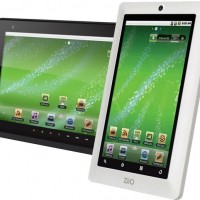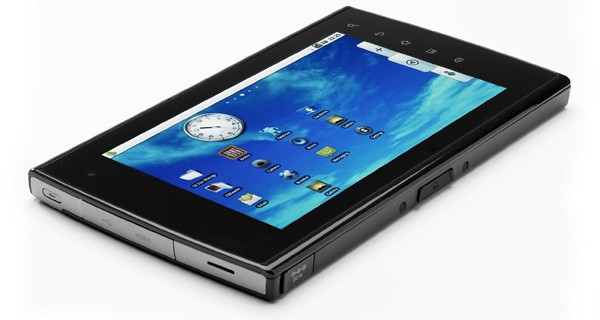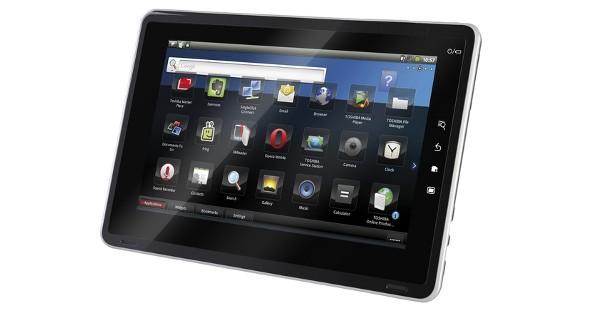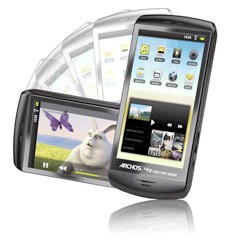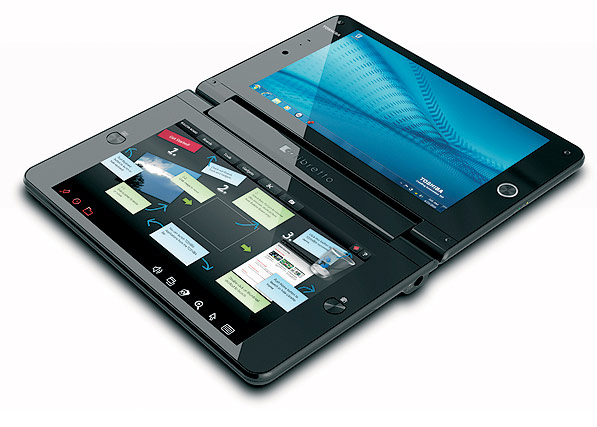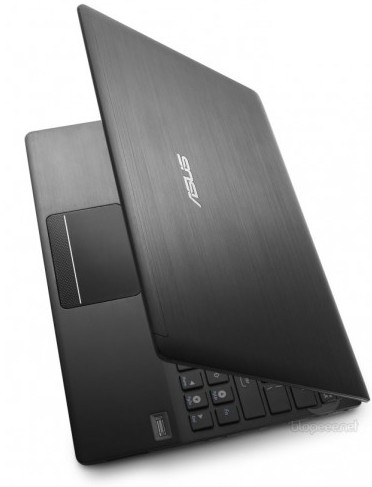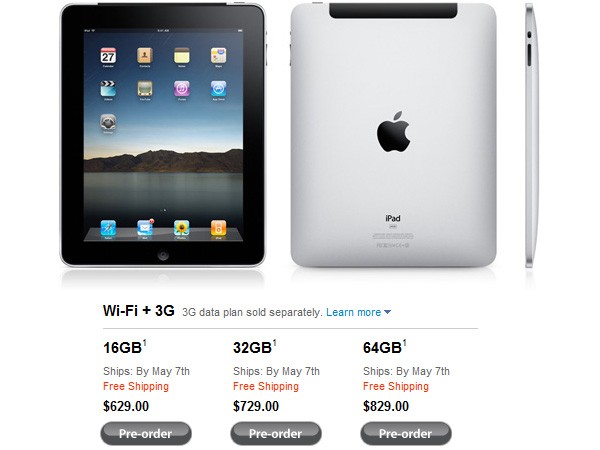With something as expansive as supply chain management and as important as controlling the flow of goods in a world where manufacturing, release, and retail needs to be done in record time, there’s no surprise that there is an awfully big drive for innovation in the supply chain management space. With this innovation comes new terminology and jargon that might sound like it has nothing to do with the supply chain, but we’re going to see more and more of it in the coming years.
Just as we got to grips with ‘just in time’ supply chain management, we are presented with terms like ‘door to floor’ and ‘destruction of density’. Let’s have a look at some of these terms and what they mean.
The Internet of Things
This one has been around for a while and might most commonly be known for internet-connected gadgets that enable home automation and improve the lives of consumers with not much technical know-how by turning their homes into smart homes.
Examples of these devices are:
- Smart TVs
- Home Assistants (Like Alexa or Siri)
- Google Home
- Nest Thermostat Controller
- Ring Doorbell Cameras
- Philips Hue Smart Bulbs
In the supply chain, the Internet of Things enables a very different kind of experience for consumers. Products like the Amazon Dash and Alexa enable almost instant ordering, buying, and payment for items for delivery, and that’s going to be important for supply chain management.
Gig Worker
The gig worker is a bit of an anomaly in business today, but it’s one that has quickly become irreplaceable, and in supply chain management, this is particularly true. A gig worker is a freelance employee that is paid for doing a specific job but without contracts or any long-term employee relationships.
Examples of gig workers and companies that offer them are:
- Taxi or Rideshare drivers (Uber, Lyft)
- Delivery drivers (Doordash, Postmates)
- Handyman or task workers (Taskrabbit)
- Moving (Dolly, Burro)
- Grocery shopping (Instacart)
- Property rentals Airbnb, Rentah)
- Virtual Assistants (FancyHands, Zirtual)
Gig workers from the perspective of a supply chain manager offer very unique benefits, particularly because you’re not hiring staff who might not always have enough consistent work to fill their days because you need them for times of surging business, like holiday shopping or when there are storms and bad weather.
It’s also beneficial from the gig worker’s perspective because they aren’t tied down by specific hours or to a single employer, and they have much more flexibility in their role.
It’s no surprise then that gig worker is one of the hottest buzzwords right now.
Supply Chain Digital Twin
A supply chain digital twin, at it’s most fundamental, is a clone of a physical and digital process of your business. This is used for a number of things in supply chain management, but perhaps the most common is the identification of risks and opportunities based on real data from your business. This offers supply chain managers the ability to understand and interpret data in new and innovative ways.
Some advantages of a supply chain digital twin:
- Discovering and correcting bottlenecks in your supply chain.
- Testing new innovations and changes in your supply chain processes.
- The ability to monitor and report on risks and test contingency strategies.
- Transportation planning and logistics.
- Being able to optimize and monitor your inventory.
- Forecasting your operational capacity and requirements for the near future.
Supply chain digital twin systems are big business right now and are only set to get bigger as time goes by and the power and usefulness of these systems are recognized and discovered by more supply chain managers and incorporated into more supply chain certifications and courses. Click here for a supply chain management program you can study online.
Supply Chain Impatience
This one is a result of our own desire for instant satisfaction, but it’s also one of the biggest drivers of the industry’s need to constantly innovate newer or better ways to deliver to their customers faster. Supply chain impatience is very much what it sounds like – our need to get our orders as fast as possible. In the past, it would be fairly normal for an online order to take a couple of days to reach you, but with companies like Amazon innovating with one day or even same-day deliveries with services like Amazon Prime, and taking advantage of the rise of gig workers (remember those), delivery is becoming quicker and quicker.
Some companies are even testing innovations like drone deliveries to get their products into the hands of their customers as soon as possible. This buzzword is only here to stay because you can be sure as soon as we hit one-hour deliveries, we’ll want them in half an hour.
Destruction of Density
There’s a reason why buying in bulk is cheaper. Buying a thousand of something costs the selling business much less than to sell one thousand individual units. Money can be saved in so many areas when the sales density is higher.
- Less packaging is needed.
- Fewer accounting transactions.
- Less checkout or order processing staff.
- Only one delivery.
- Density in shipping.
It’s that last one that leads us to the buzzword ‘destruction of density’. In the past, shipping products and the rates you’d pay to ship these products would be directly proportional to the quantities you want shipped. Filling up a container with a product and shipping it is always going to be cheaper than shipping a few products. The rise of supply chain impatience, however, means more agile and quicker shipping is expected by consumers, which means businesses don’t always have the luxury of time to fill up a full container before shipping. This is where the shipping density decreases, leaving the business shipping costs to go up.
The challenge right now in the supply chain management world is epitomized no better than by the destruction of shipping density. The successful companies are those that embrace the ability for logistics and supply chain managers to use technology like the supply chain digital twin to streamline and improve their logistics practices to drive down the costs of their supply chain and ultimately increase the business profitability.

